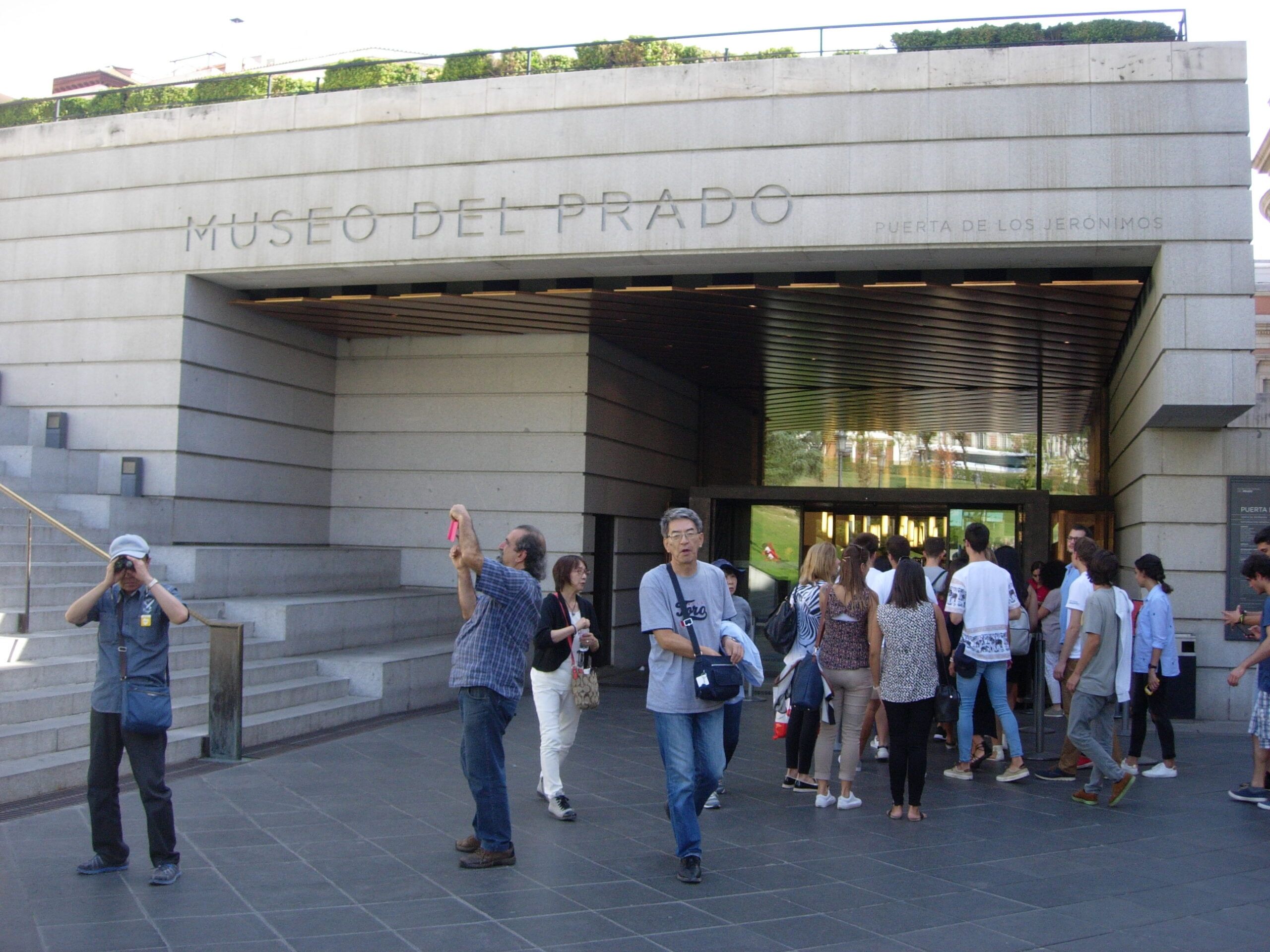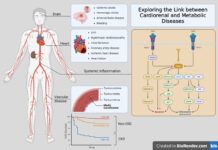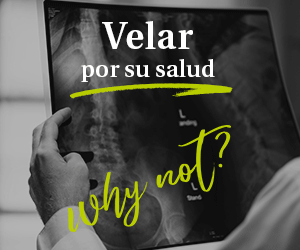Every year the faculty of medicine organizes a trip to Madrid, which offers to its students a possibility to gain a valuable experience. Prof. Vicente Rodilla Alama altogether with professors Juan Carlos Frías and Caridad Gimeno give classes of Introduction to Medicine in National Museum of Prado and Botanical Gardens what gives opportunity to students to look at the subject from different perspectives.
This excursion in Madrid consists of the group of students and professors and lasts 2 days. It starts with the meeting of students in front of the Faculty of Health Sciences and altogether they travel by comfortable bus to Madrid.
 The first day class starts at Prado National Museum in Madrid. This way of teaching is very interesting and enriching. As one of the students Celia R. said: “This class gave me opportunity to look at the medicine through different points of view”. CEU is very special in finding new approaches to teach their students and to make classes as interesting as possible.
The first day class starts at Prado National Museum in Madrid. This way of teaching is very interesting and enriching. As one of the students Celia R. said: “This class gave me opportunity to look at the medicine through different points of view”. CEU is very special in finding new approaches to teach their students and to make classes as interesting as possible.
“I was studying at public university, but there was no such equipment and interaction with students as at this university”, tells us Celia currently attending the CEU University and participating at interactive class of medicine.
 Let’s have a look what was going on at these classes in Madrid. The class at Museum of Prado consists in showing different diseases on pictures painted by famous painters, such as Francisco de Goya, Diego Velázquez, Juan Carreño de Miranda, Rubens and José de Ribera amongst many others. To put it in different words, professor connects the class of medicine with art.
Let’s have a look what was going on at these classes in Madrid. The class at Museum of Prado consists in showing different diseases on pictures painted by famous painters, such as Francisco de Goya, Diego Velázquez, Juan Carreño de Miranda, Rubens and José de Ribera amongst many others. To put it in different words, professor connects the class of medicine with art.
There are many artworks with the representation of different diseases. Some of the painters really focused on illustration of illness. On the other hand, on some of the paintings it is difficult to recognize the disease and only the professional can observe it. But this diagnosis can enrich the art, the medicine and history.
Let´s see an example:
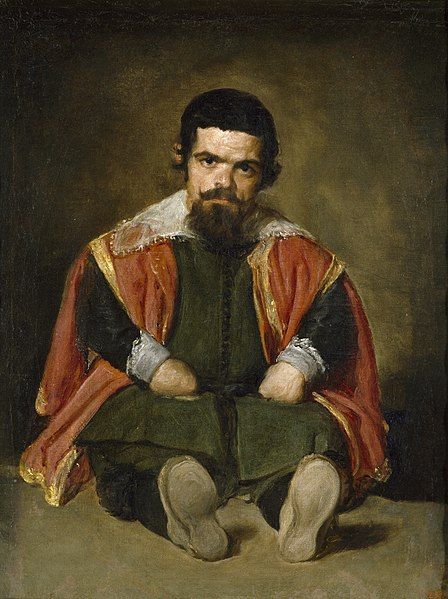 Yes, you can see the portrait of Diego Velázquez: Bufón don Sebastián de Morra. But what kind of disease does he suffer from? The professor explains on this picture the disease of little person.
Yes, you can see the portrait of Diego Velázquez: Bufón don Sebastián de Morra. But what kind of disease does he suffer from? The professor explains on this picture the disease of little person.
The next portrait is painted by Francisco de Goya. The painting of Carlos IV and his family is interesting for students because more than one person suffers from some disease and it was difficult for them to resolve it.
 For example, the Infanta doña María Josefa. She has a black spot on the left side of her face. As students were so confused what it can be, professor explained that there are more options to consider. Few of the students suggested it could be nevus.
For example, the Infanta doña María Josefa. She has a black spot on the left side of her face. As students were so confused what it can be, professor explained that there are more options to consider. Few of the students suggested it could be nevus.
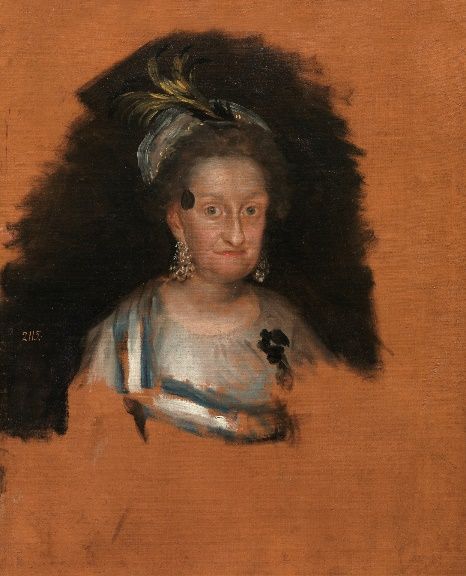 Yes, it could but another among more options is also melanoma because María died after 6 months the picture was painted. The professor and students focused on analysis of art showing different diseases and the ways to see the medicine also on the following pictures. None of the students could observe that the man on the painting of Velázquez is missing eyebrow and suffers from arthritis.
Yes, it could but another among more options is also melanoma because María died after 6 months the picture was painted. The professor and students focused on analysis of art showing different diseases and the ways to see the medicine also on the following pictures. None of the students could observe that the man on the painting of Velázquez is missing eyebrow and suffers from arthritis.
 The three Graces by Rubens is the realistic oil painting of 3 women. Firstly, students suggested the women suffered from obesity, but this was wrong. Professor explained that during those times (1635) this figure was seen as perfect. The students were surprised when the professor told them to look better at the woman on the right side and to observe that she had one breast smaller. This woman suffered from the breast cancer.
The three Graces by Rubens is the realistic oil painting of 3 women. Firstly, students suggested the women suffered from obesity, but this was wrong. Professor explained that during those times (1635) this figure was seen as perfect. The students were surprised when the professor told them to look better at the woman on the right side and to observe that she had one breast smaller. This woman suffered from the breast cancer.
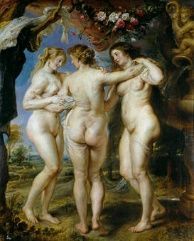 The students can look at the paintings from different viewpoints and observe in detail what is on those portraits.
The students can look at the paintings from different viewpoints and observe in detail what is on those portraits.
This can help them to look at art through eyes of medics and at medicine through eyes of art.
Moreover, the art is important source of medicine, the development of diseases and the medical practice. In the evening, students have the possibility to explore the capital city of Spain together and prepare for the next day classes. The second day, the students visited the Botanical Garden where they attended the class about medicinal herbs, its positive and negative effects on body.
To conclude, this experience is very enriching and it enables to students to look at the medicine from different perspectives what makes the whole subject even more interesting.
